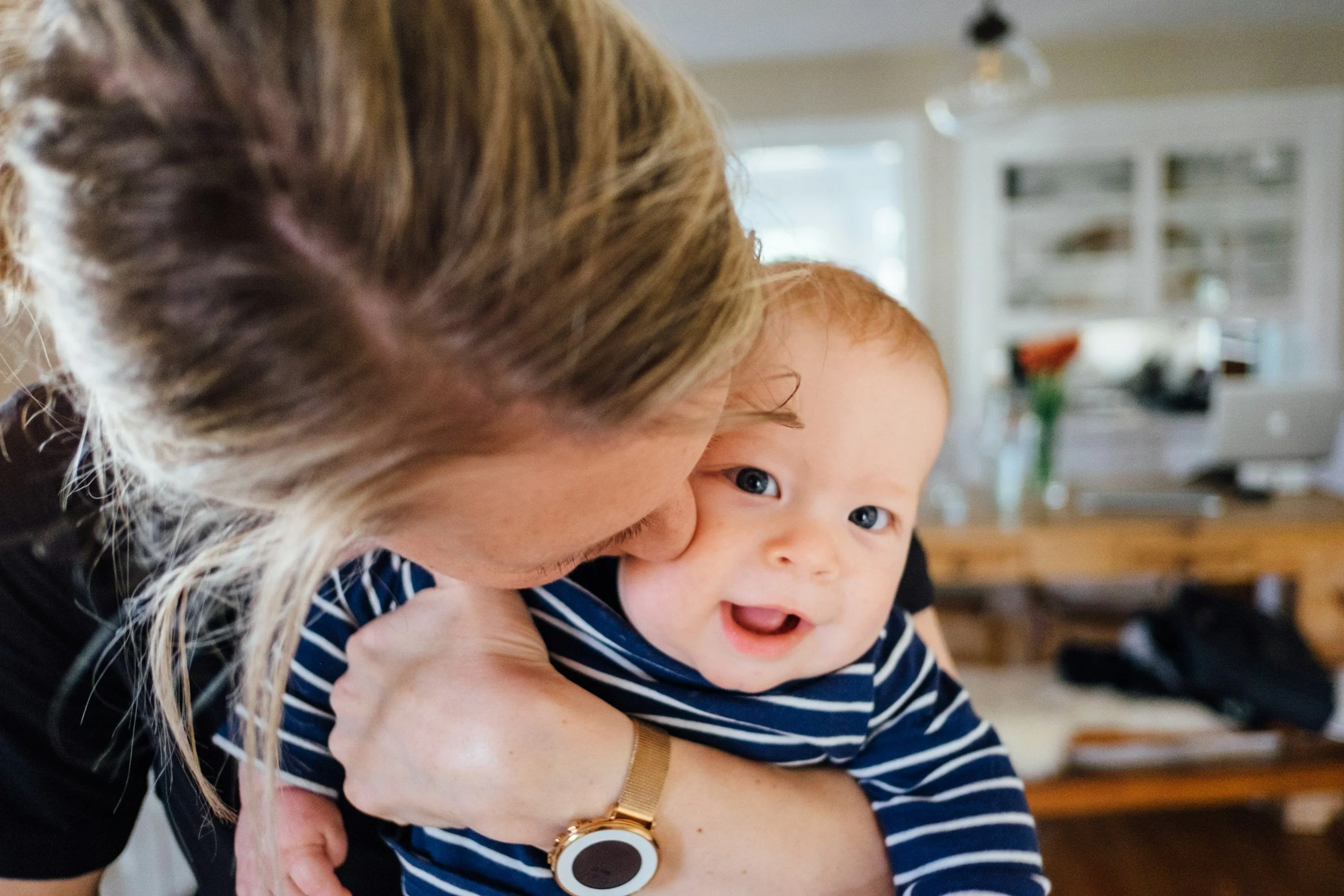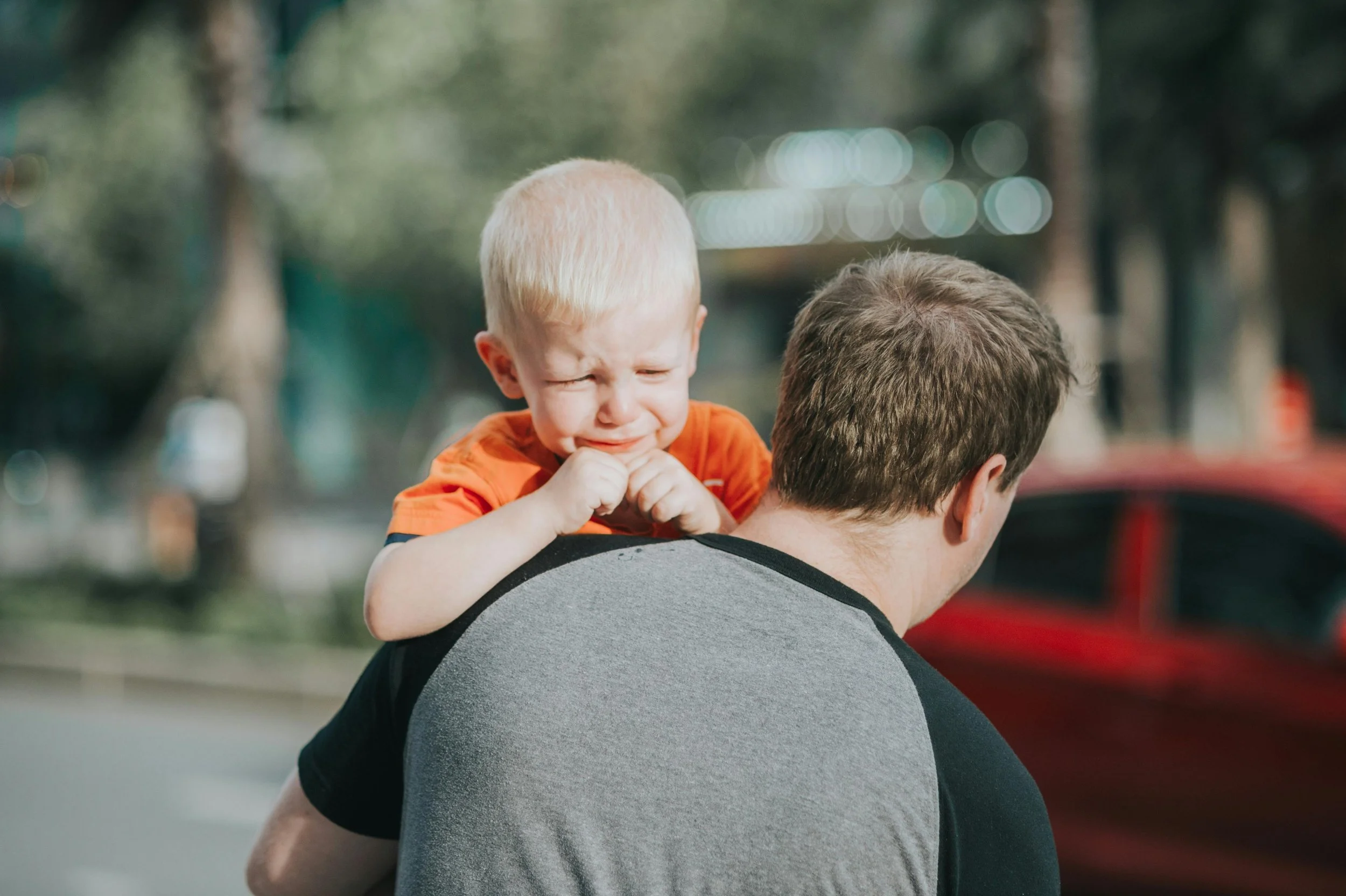Parenting Without Fear: Why Attachment Matters More Than Control
Parenting is likely the most crucial role you will ever hold. Still, it can feel overwhelming—especially in the age of social media, where it’s easy to compare yourself to “perfect” parents online. Seeing snapshots of other families having great experiences or their kids’ accomplishments can stir up self-doubt. But the truth is, parenting isn’t about matching someone else’s highlight reel—it’s about building trust, connection, and a safe foundation for your child to grow.
That’s what attachment parenting is all about. Unlike using fear tactics or heavy punishment, attachment parenting focuses on creating a strong, secure bond with your child. Research by experts like John Bowlby and Mary Ainsworth shows that this secure attachment helps kids become cooperative, confident, and emotionally strong.
Let’s examine how secure attachment works, the difference it can make in your and your children’s lives, and how you can use it every day to build a more peaceful home.
What is Attachment Parenting?
Attachment parenting is based on the idea that children are wired to seek safety and comfort from their caregivers. A British psychologist, John Bowlby, introduced this idea in the 1950s. He found that babies and young children feel safest when they have a caregiver they can rely on. An American-Canadian psychologist, Mary Ainsworth, added to this by studying how children react when separated from and reunited with their caregivers.
Their research showed that kids with a “secure attachment” to a caregiver feel safe exploring the world because they trust that support will be there when needed. This feeling of safety is called a “safe base.” It helps kids feel brave enough to try new things, handle challenges, and bounce back from setbacks.
How Secure Attachment Builds a Safe Base
Imagine a toddler at a playground. They might run off to climb or slide, but they keep glancing back to see if their parent is watching. If they fall or get scared, they run straight to their parent for comfort. This is the “safe base” in action.
When kids know they can always come back to you for comfort, they don’t need to test limits as much or act out to get your attention. They trust that you’ll meet their needs—so they feel calmer and more able to handle life’s ups and downs. This foundation allows them to explore the world around them, fostering growth.
Attachment-Based Responses vs. Control-Based Tactics
Fear-based or control-based parenting tries to make kids behave by scaring or punishing them. For example, yelling, time-outs, or taking away privileges are quick fixes. They might stop the bad behavior in the moment, but they don’t solve the real problem, which is the child’s need for connection.
Attachment parenting, on the other hand, approaches a child’s behavior by trying to understand the emotional need beneath the action. Through this approach, the misbehavior is seen as a sign that a child is asking for help. If your child is having a meltdown or ignoring you, attachment parenting asks, “What’s really going on here? How can I help them feel safe again?”
Instead of punishing, attachment parenting focuses on calming and connecting. To accomplish this, you might:
Get down to their level and make eye contact.
Offer a comforting hug or gentle touch.
Use a calm voice to talk about their feelings.
Help them name what’s happening inside (like, “You’re really frustrated because you wanted that toy!”).
During tough moments, try some of these statements:
“I see you’re really upset. I’m here.”
“It’s okay to feel angry, but let’s find a safe way to express it.”
“I can’t let you do that, but I’m here to help you calm down.”
These moments of connection teach your child that you’re on their team. They learn that having big feelings is okay because you’ll help them through it.
Misbehavior is a Request for Connection
It’s easy to see bad behavior as something to stop right away. But when kids act out, it’s often because they’re feeling scared, tired, or disconnected. They’re not trying to be “bad,” instead they’re trying to get their needs met.
Attachment parenting sees these tough moments as chances to build trust. When you respond with connection instead of control, you show your child their feelings are safe with you. Over time, this helps them feel more secure and act out less.
Kids act out, even in the best parenting environment. There will be messy days and times when you feel like you’re failing. Trust grows in these moments of repair—not perfection.
The Brain Science of Attachment
There’s real brain science behind why attachment works. When a child feels safe and connected to a caregiver, their brain releases “feel-good” chemicals like oxytocin. This helps calm their nervous system and makes listening, learning, and cooperating easier.
When parents use fear-based methods to change behavior, such as yelling or threatening, it triggers the child’s stress response (the fight-or-flight reaction). This makes it harder for kids to think clearly or regulate their emotions. So, while fear might stop bad behavior for a moment, it doesn’t help kids learn better ways to handle their feelings or develop healthy ways to manage their mood in reaction to stress.
Long-Term Benefits of Attachment Parenting
As parents, we want our kids to live a happy life, and teaching them how to manage their emotions is a skill that will support them to be healthy adults. Attachment parenting isn’t just about the moment. This approach can prepare your child for a lifetime of emotional health and the resilience to bounce back in hard times. Studies show that securely attached kids:
Cope better with stress.
Are more confident trying new things.
Have stronger relationships with others.
Are better at understanding and managing their feelings.
This certainly does not mean your child will never have meltdowns or test limits! But this approach can help you and your child navigate difficult times together, building your relationship with each other and supporting the development of skills to help them be successful in life.
Attachment parenting can look different at each age. It is essential that as your child’s developmental needs change, your approach shifts to help meet them. Examples include:
For babies, it might mean lots of cuddling and quick responses to their cries.
For preschoolers, it’s about play, patience, and reassurance.
For teens, it might be listening to their worries without judgment and respecting their growing independence.
Busting the Myths: Is Attachment Parenting Too Permissive?
Some people worry that attachment parenting is the same as letting kids do whatever they want. But attachment parenting isn’t about having no rules—it’s about setting limits with kindness and understanding.
You can still have boundaries and say “no” when needed. The difference is how you do it. Instead of using threats or punishments, you focus on teaching and guiding. For example, instead of yelling or issuing immediate punishment without exploration of the feelings beneath the action, you might say:
“I can’t let you hit your brother. I see you’re upset. Let’s figure out what’s going on.”
This teaches your child that feelings are important, but there are healthy ways to express them.
Practical Tips for Everyday Attachment
There is no such thing as a perfect parent. But this parenting style is about showing up and connecting with your child, even in small moments, to foster not only a healthy relationship, but a healthy person. Here are some easy ways to build attachment every day:
Eye Contact: Look into your child’s eyes when you’re talking or listening to them. It helps them feel seen and valued.
Physical Touch: Hugs, holding hands, and cuddles release calming chemicals in the brain.
Tune into Their Cues: Pay attention to what your child is trying to tell you through their words, body language, or even silence.
Repair After Conflict: If you lose your cool (and we all do!), apologize and reconnect. This teaches your child by your modeling that it’s okay to make mistakes and fix them.
Phrases to Use: Try saying, “I’m here,” “I understand you’re upset,” or “Let’s figure this out together.”
Supporting Yourself as a Parent
Parenting without fear doesn’t mean you’ll never feel frustrated or exhausted. It’s normal to have days when you’re short on patience or when nothing seems to work. Be kind to yourself. Just like your child needs a safe base, so do you!
Make sure you have a healthy balance in your life. Maintain friendships and healthy hobbies. Your example can teach your child good self-care. Having healthy outlets gives you the break you need to come back to your role as a parent feeling well balanced.
Parenting through approaches other than fear and punishment doesn’t mean your child will never struggle—it means they’ll learn to trust that they are supported. Focusing on your connection to one another over your ability to “control” their behavior gives your child a footing to feel safe exploring the world, handling challenges, and growing into a kind, confident person.
Know this... you don’t have to get it right all the time. However, each time you choose to connect instead of control, you’re helping your child feel safe and supporting their development.
Want to learn more? Here are some great resources to check out:
The Whole-Brain Child by Daniel J. Siegel and Tina Payne Bryson
Hold On to Your Kids by Gordon Neufeld and Gabor Maté
Attachment Parenting International offers educational material for parents.



